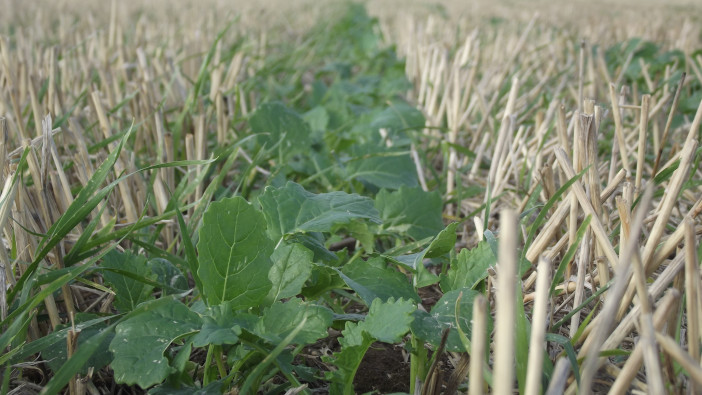As soils are still warm and moist from this year’s rainfall, Limagrain’s arable development officer, Liam Wilkinson, believes that there are opportunities for later drilled oilseed rape to establish well.
Difficulties during harvest have meant that many growers have been unable to clear land as early as they would have liked and many may be concerned that have missed out on drilling oilseed as a break crop.
However, Mr Wilkinson is recommending that growers refer to seedbed conditions rather than calendar dates before making a final decision, noting that most breeding trials are drilled through September.
“There are still good opportunities for late drilled crops – which often outperform some of the earlier drilled crops – in fact, many later drilled crops have been winners in the YEN awards,” he said.
“Last year we saw crops of LG Antigua drilled mid-September up in the Lincolnshire Wolds achieve yields of over 6t/ha so there is definitely high yield potential for crops drilled into September in the right conditions.
“Choosing the correct variety for this drilling window is key to success, however. If you are drilling in September, the focus should be on speed of autumn growth and vigour, so hybrids are the first choice because they are quick to get going and they accumulate biomass very quickly,” he added.
“Tried and tested varieties such as Ambassador and Aurelia have performed consistently in this slot both on-farm and in trial for a number of years now, and the addition of LG Aviron and LG Antigua to our portfolio only strengthens our position in the later drilled slot.

“Vigour is important for helping to get the crop established and putting roots down but the speed of development is key for reaching overwintering biomass as quickly as possible, you are looking for a variety to have a canopy to be able to withstand potential pest problems as well as harsh winter conditions.”
Vigorous varieties should be sown at 25-30 plants per square metre, with a seed rate of around 50 seeds per square metre. Mr Wilkinson also recommends that growers assess seedbed conditions and adjust the seed rate accordingly.
He added that varietal disease resistance should also be considered for later drilled crops, with farmers looking for resistance to phoma as this can cover a larger percentage of the leaf in smaller, younger crops.
“All the hybrids that we bring to market fall into our fully-loaded category. We are looking to mitigate as much risk as possible for growers, and by combining TuYV and pod shatter resistance along with gene-specific resistance to phoma we have managed to produce high yielding varieties which perform consistently over seasons. Their high yield potential can be seen again in this year’s AHDB results,” he concluded.


